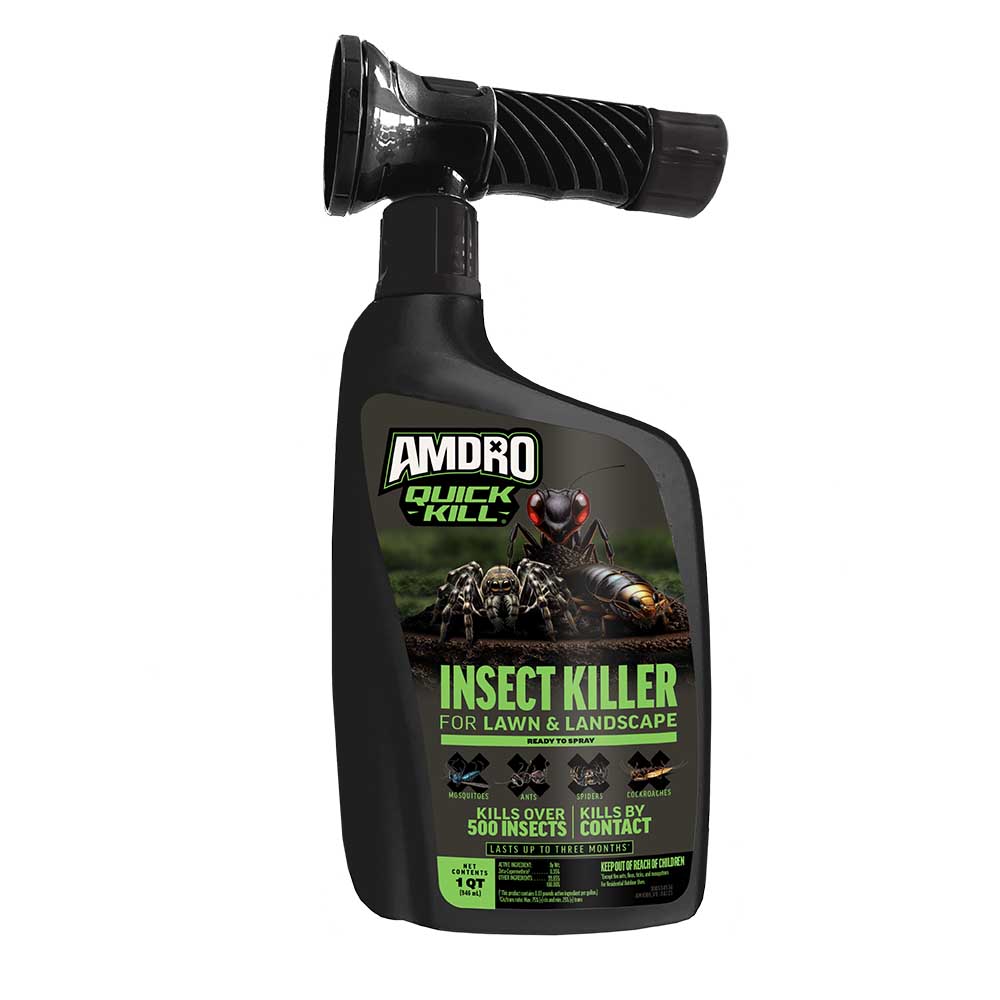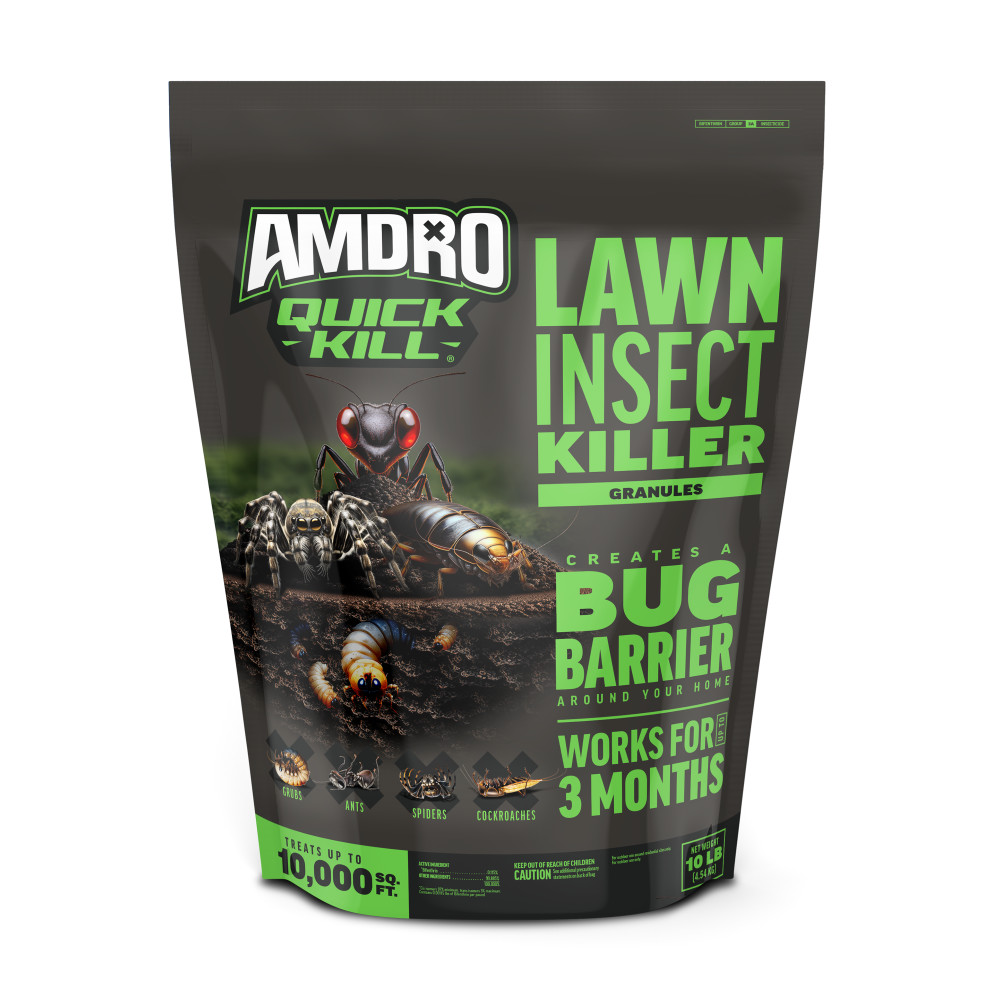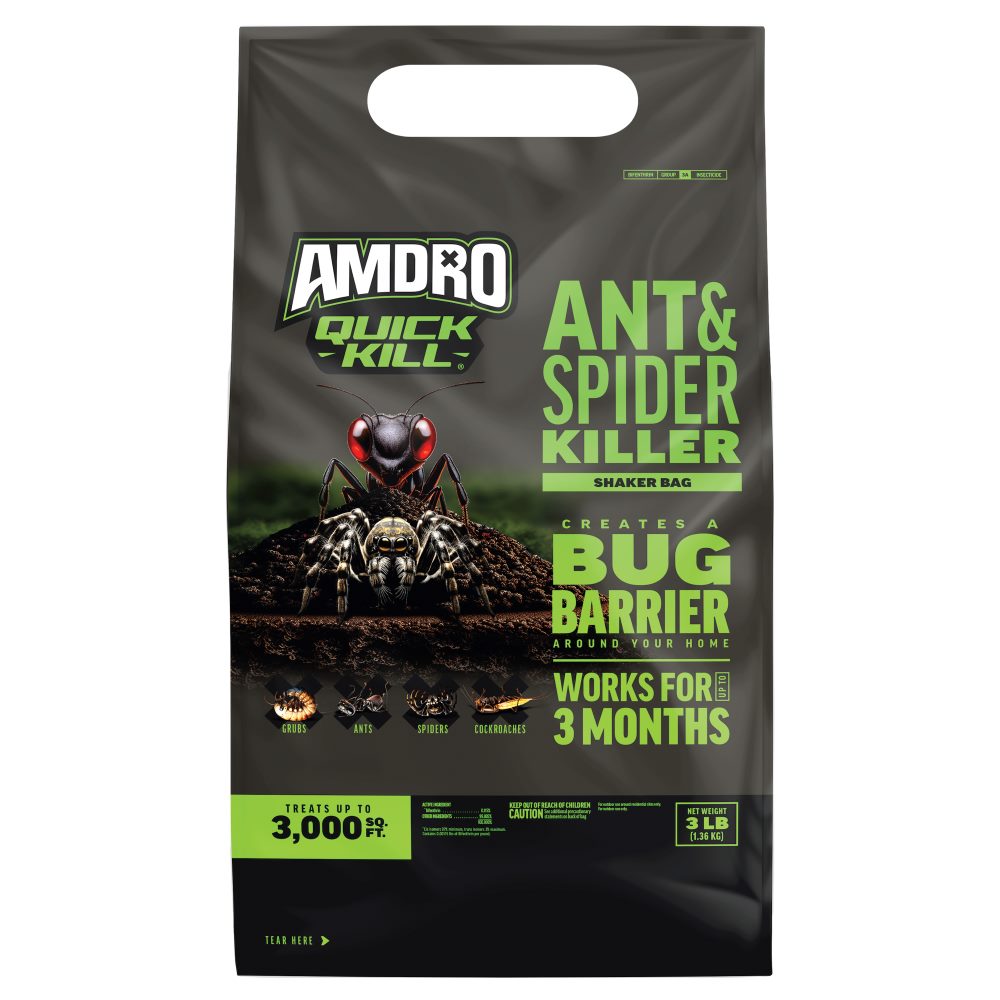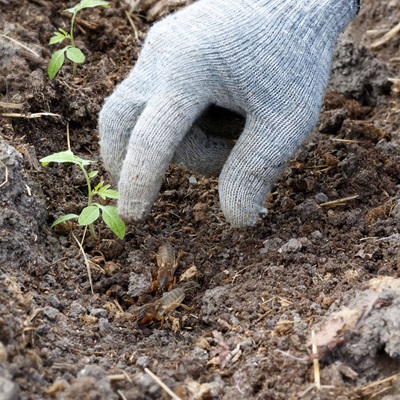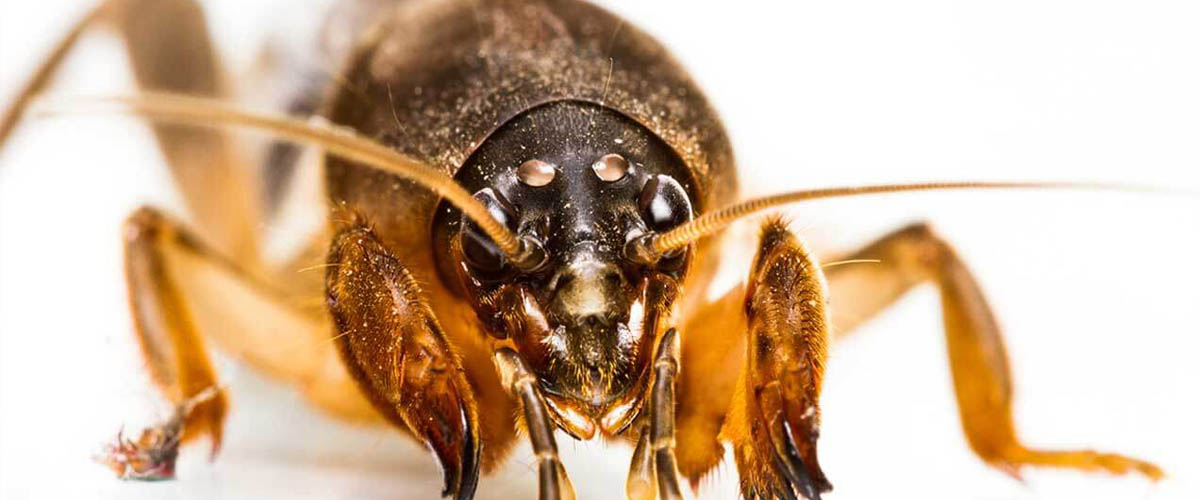Mole Crickets
MOLE CRICKET IDENTIFICATION
In much of the United States, grubs take the title of "Most Destructive Turf Pests." But in the South, mole crickets have surpassed them. Much of mole cricket damage comes from invasive species accidentally brought to the United States. Two types in particular cause far-ranging harm:
- Tawny mole crickets – Tawny brown in color, these highly destructive pests measure about 1 1/2 to 2 inches long when mature.
- Southern mole crickets – Smaller and darker, these turf pests grow 1 to 1 1/2 inches long. Lighter colored spots top their dark brown heads.
Mole crickets are instantly recognizable, regardless of the species. Their rear halves look a lot like common crickets, but their front halves look more like crustaceans with mole-like claws. Their tapered, segmented antennae are shorter than their bodies. Some species have wings longer than their abdomens; others have wings too short for flight.
SIGNS OF MOLE CRICKETS
Mole crickets damage turf grasses much like moles do. They tunnel just below the surface and scatter small "molehills" along the way. But unlike moles, which don't eat plants, mole crickets sever grass roots, uproot grasses, and feed on roots and shoots as they tunnel.
Immature mole cricket nymphs, which look like small versions of adults, cause the most damage. As nymphs feed and grow larger through the summer months, their presence becomes clear. Large areas of damaged grasses turn brown and die.
HOW TO CONTROL MOLE CRICKETS
Adult mole crickets emerge from the soil in spring to mate and lay eggs. Effective treatment targets these adults and the turf-damaging nymphs that hatch. Nymphs are most vulnerable when they're small and close to the surface. The older and larger they get, the deeper they go. These Amdro® brand products kill existing mole cricket adults and nymphs — and provide residual treatment for new hatchlings:
- Amdro Quick Kill® Lawn Insect Killer Granules, designed for use with a regular lawn spreader, kills mole crickets within 24 hours and keeps killing them for up to three months. After application, water the treated area lightly. This soil-penetrating formula's active ingredient reaches mole crickets above and below the surface.
- Amdro Quick Kill Ant & Spider Granules come in a convenient, resealable shaker bag ideal for treating smaller areas around your home. Apply the ready-to-use granules, then water lightly. This fast-acting, deep-reaching formula kills mole crickets by contact and keeps protecting your lawn for up to two months.
- Amdro Quick Kill Outdoor Insect Killer, available in ready-to-spray and concentrate formulas, works in minutes to kill mole crickets by contact and keeps working for up to three months. These easy-to-use liquid products treat lawns, landscapes and flower gardens. They also treat building foundations up to a height of 3 feet.
MOLE CRICKET CONTROL TIPS
Expect nymphs to hatch wherever you see adult mole crickets in spring. Don't wait for evidence — be proactive and treat those areas before nymph damage starts.
Always read product labels and follow the instructions carefully.
Amdro, Amdro Kills Ants, and Amdro Quick Kill are trademarks of Central Garden & Pet Company.
Pest Gallery
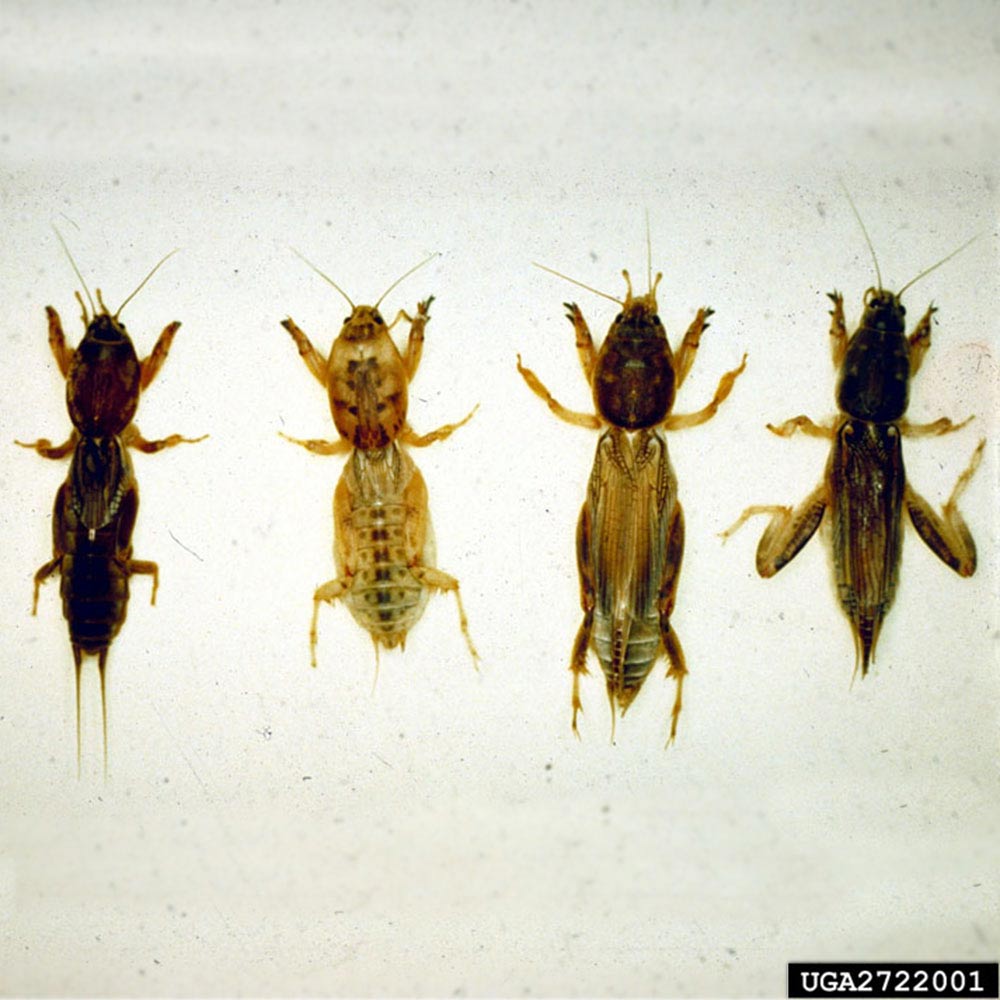
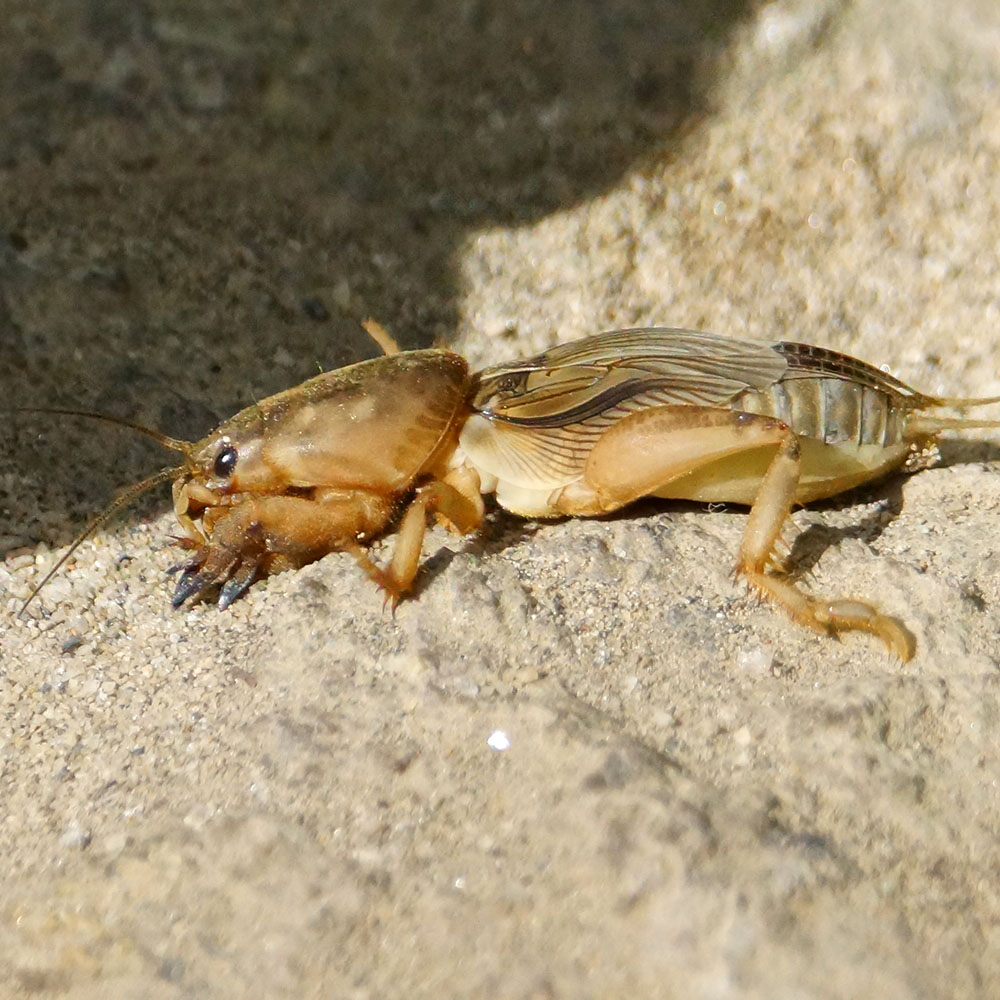
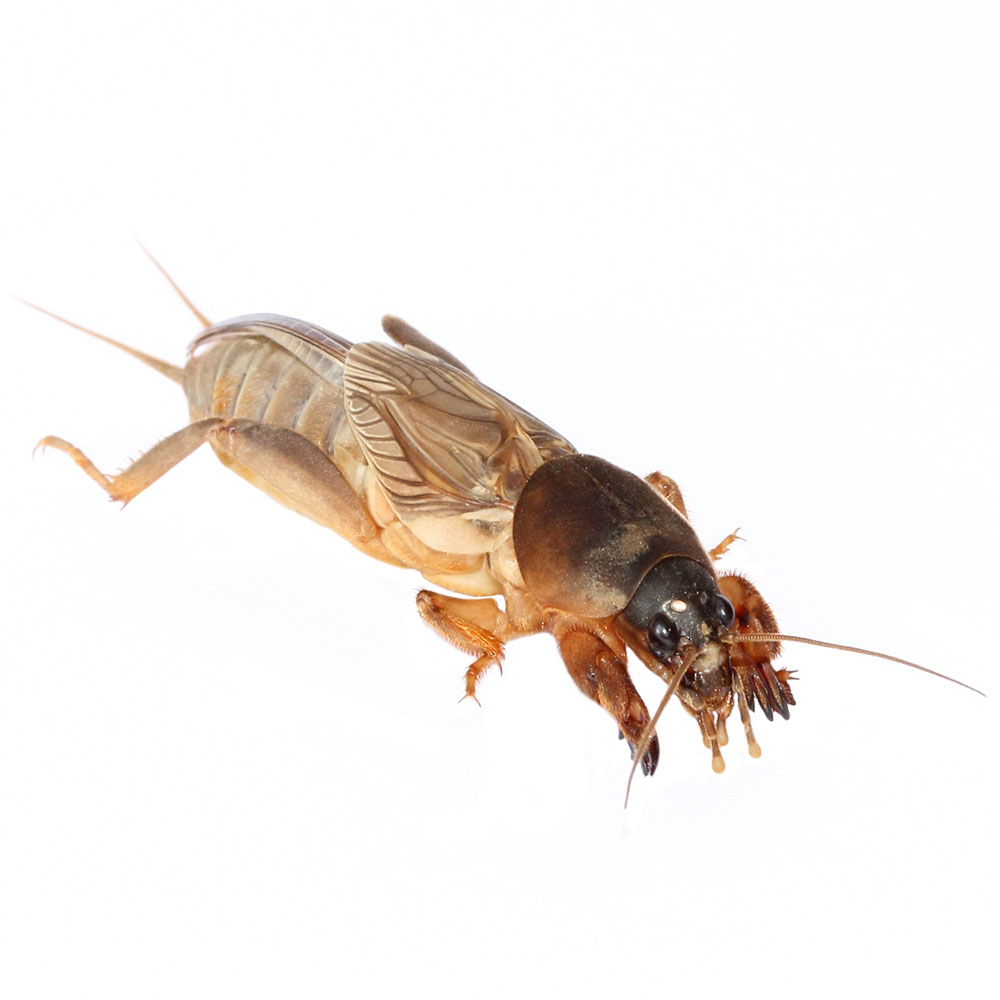
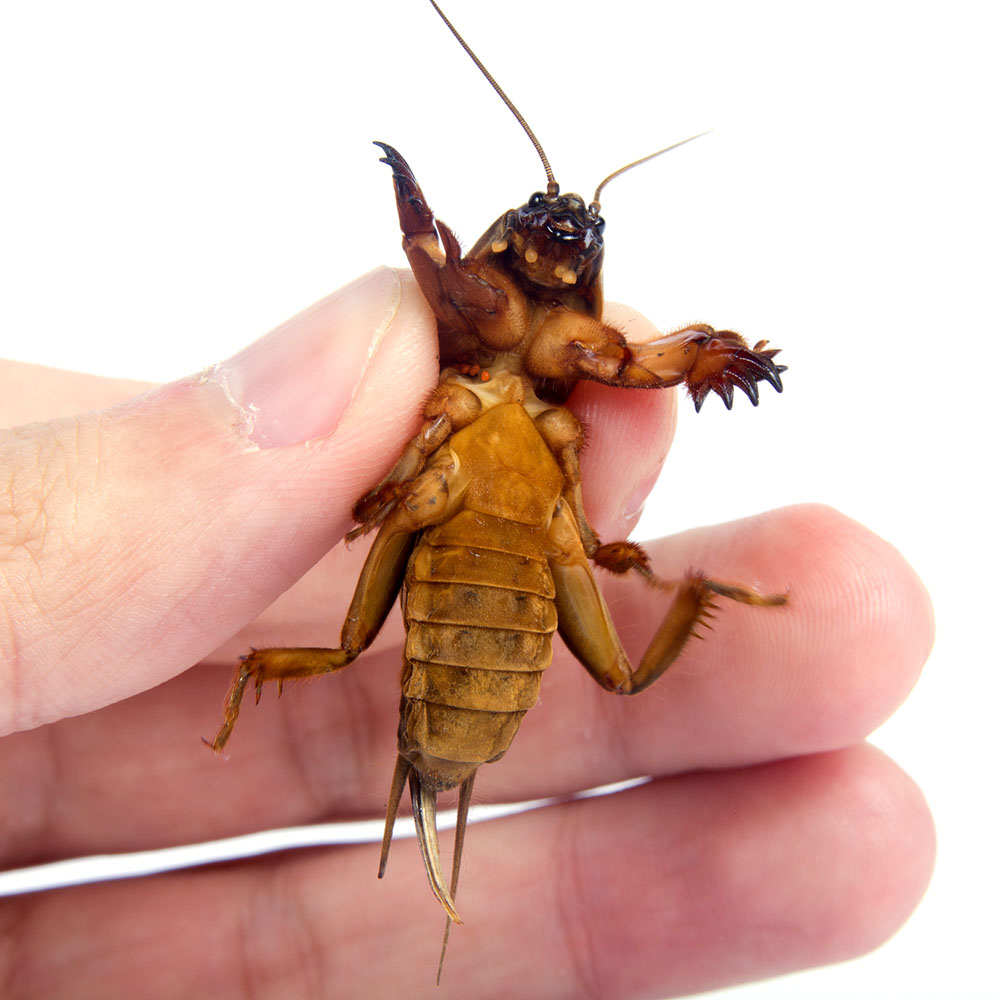
Is this not your insect?


